12 Benefits of Adding Ground Cover Plants to Your Yard
Ground cover plants are more than just decorative elements in your garden. They can serve multiple purposes, from preventing weed growth to enhancing your landscape with vibrant colors. These plants work well in a variety of environments and can be used creatively to address specific needs in your yard. By choosing the right ground cover, you can transform your garden into a low-maintenance, visually appealing space. Let us take a closer look at the many ways ground cover plants can be put to use.
This post may contain affiliate links, which helps keep this content free. Please read our disclosure for more info.
Erosion Control
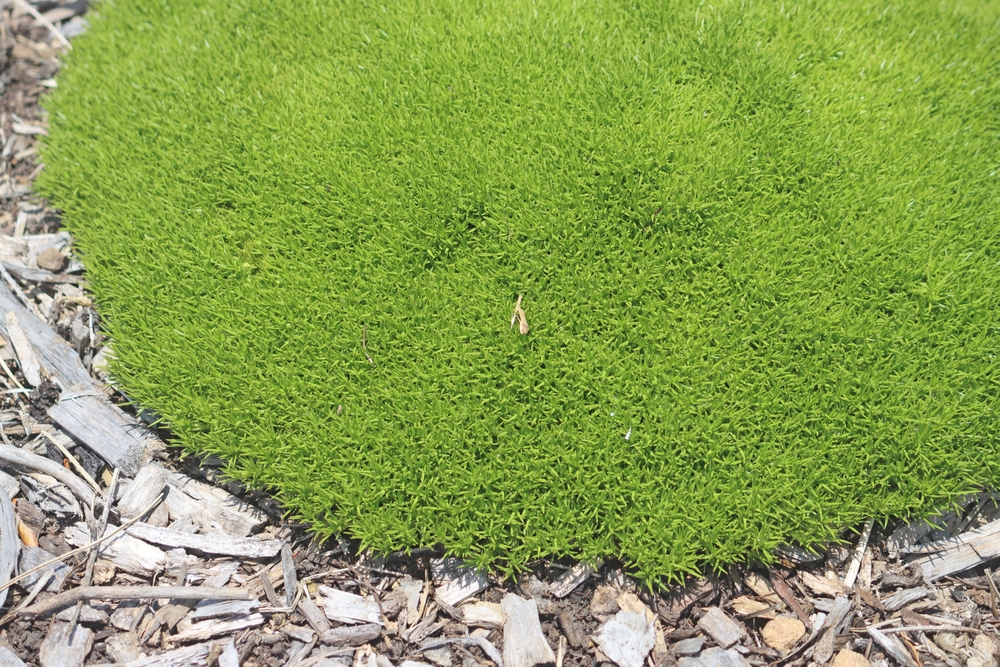
Ground cover plants are perfect for preventing soil erosion, especially on slopes or areas with loose soil. Their dense growth helps hold the soil in place, reducing the risk of washing away during heavy rain. By covering large areas, they act as a natural barrier, stabilizing the ground. Plants like creeping thyme and clover are ideal for this purpose, as their roots spread quickly and securely anchor the soil.
Using ground covers for erosion control is a sustainable and cost-effective solution. They help protect your yard from damage while maintaining its natural beauty. As a bonus, these plants also improve soil quality by adding organic matter. Consider adding them to areas where water runoff is a concern for long-term protection.
Weed Prevention
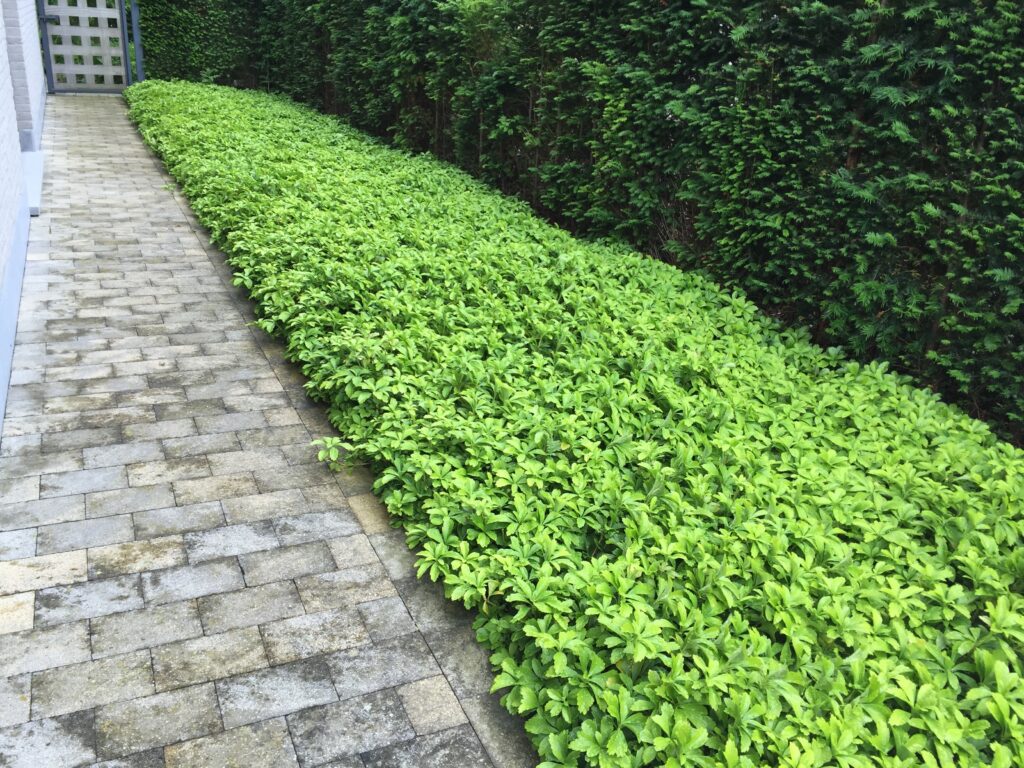
One of the best uses for ground cover plants is their ability to suppress weeds. The dense foliage blocks sunlight, preventing weeds from taking root and thriving. Plants like English ivy, periwinkle, or ground morning glory grow thickly, reducing the need for chemical weed killers. This makes ground covers an eco-friendly solution for maintaining a clean and tidy garden.
Ground covers create a natural, low-maintenance weed barrier that helps save time and effort in your yard. By choosing the right varieties, you can create a beautiful, healthy garden without the need for constant weeding. It also reduces the need for harmful pesticides, making it safer for the environment. These plants are an effective and sustainable option for keeping your garden weed-free.
Soil Moisture Retention
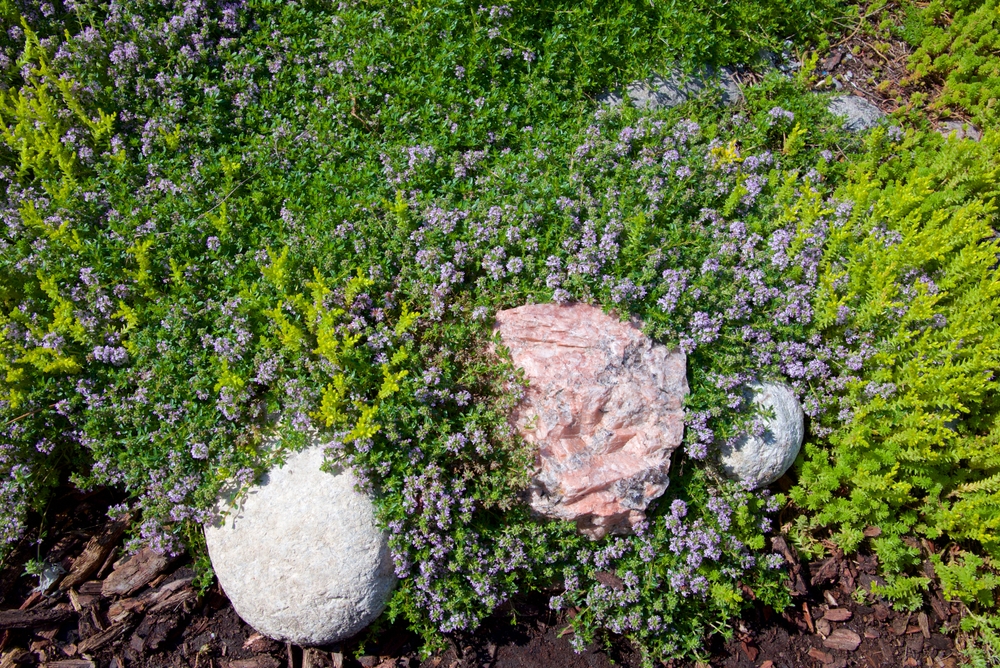
Ground cover plants help retain moisture in the soil, reducing the need for frequent watering. Their dense foliage creates shade on the soil, preventing evaporation and helping the soil stay hydrated. This is especially beneficial in hot, dry climates where water conservation is important. Plants like sedum or creeping juniper are known for their drought-resistant properties and moisture-retaining qualities.
By planting ground covers in your yard, you can maintain a more consistent moisture level in the soil. This not only benefits the plants but also saves water and reduces your overall water usage. It is a simple way to make your garden more water-efficient while keeping it lush and healthy. The added benefit of less frequent watering makes ground covers a practical choice for a sustainable landscape.
Aesthetic Appeal

Ground cover plants can greatly enhance the look of your yard by adding color, texture, and depth. With a wide range of options, including colorful flowers or variegated foliage, you can create a stunning visual effect. Plants like creeping Jenny or ground phlox offer vibrant colors that complement the rest of your garden. These plants are also great for filling in gaps between larger plants, creating a cohesive and harmonious landscape.
Ground covers are an easy way to bring life to areas that might otherwise look bare or empty. Their variety of colors and textures can transform your yard, making it more inviting and visually interesting. Additionally, they work well in both formal and informal garden designs, allowing for versatile landscaping options. Using ground covers as part of your landscaping adds beauty without requiring too much upkeep.
Low Maintenance Landscaping
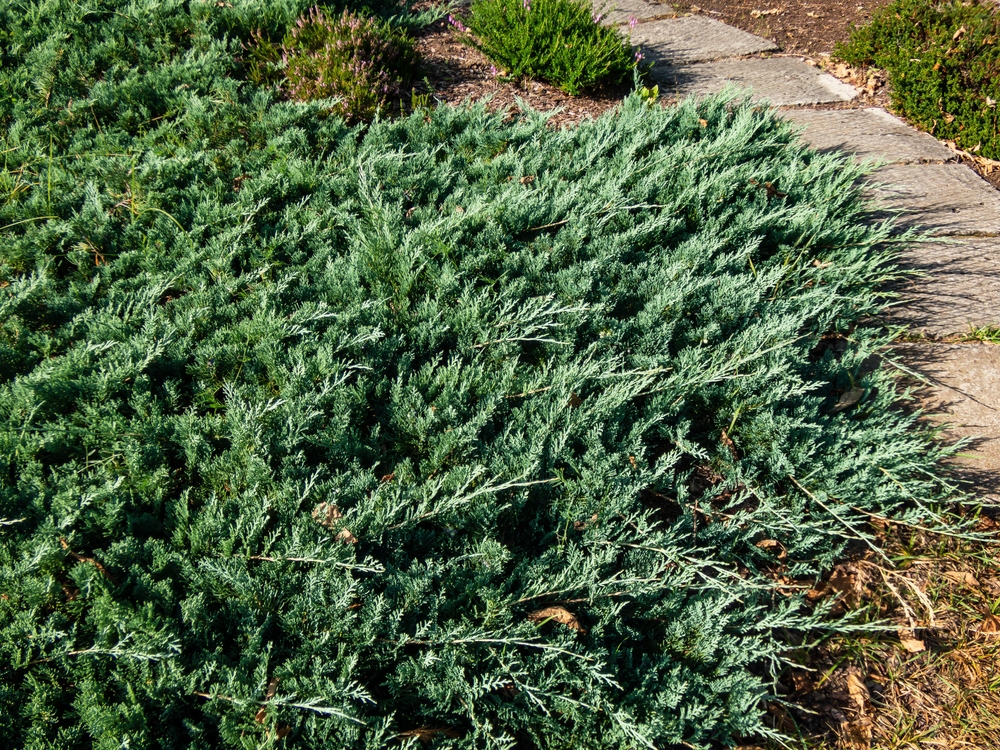
Ground cover plants are ideal for creating a low-maintenance yard. Once established, they require minimal care, needing only occasional trimming and watering. Many ground covers are hardy and resistant to pests, making them an easy choice for homeowners who want a low-effort garden. Varieties like moss or sweet woodruff thrive in shaded areas and do not require constant attention.
These plants work well in areas where other plants might struggle or in hard-to-reach spots. Since they spread quickly, they can cover large areas with little effort. By reducing the need for mowing, weeding, and replanting, ground covers make lawn care easier. They offer a simple solution for those who want a beautiful garden without spending too much time on maintenance.
Filling Bare Spots
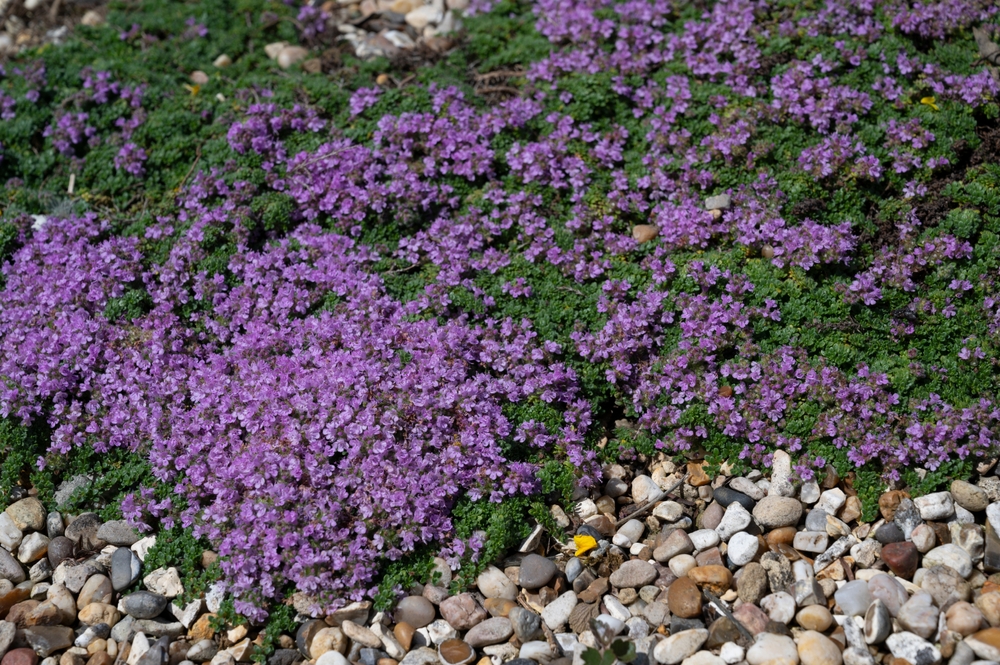
If you have areas in your yard that look sparse or are difficult to plant in, ground cover plants are the perfect solution. They fill in bare spots quickly, creating a seamless, lush look across your garden. Varieties like creeping thyme, clover, and vinca are excellent for covering empty spaces. This helps prevent erosion and weed growth while making your yard look fuller and more vibrant.
Ground covers are an easy way to solve landscaping challenges such as uneven terrain or areas with poor soil. They work well in between larger plants, in shaded areas, or on slopes. These plants are great at quickly filling in areas where grass or larger plants may struggle to grow. With ground covers, you can transform those empty spaces into beautiful, functional areas of your yard.
Providing Habitat for Wildlife
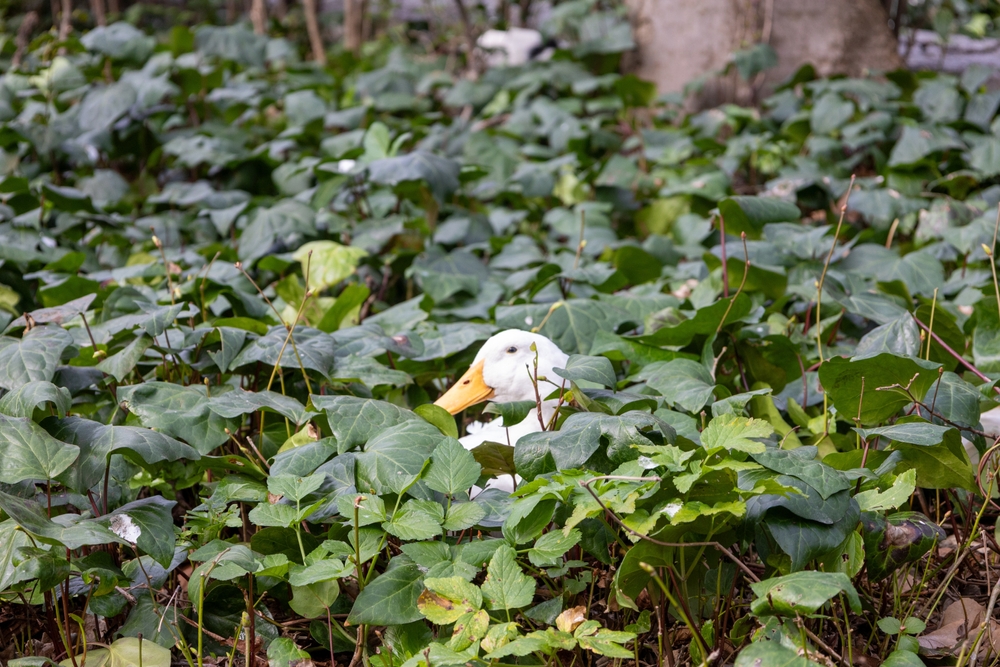
Ground cover plants are beneficial for attracting wildlife to your yard, such as birds, insects, and small mammals. They provide shelter, nesting spots, and food for a variety of creatures, creating a thriving ecosystem in your garden. Plants like clover and wild ginger offer pollen for bees and butterflies, while others can provide cover for small critters. Encouraging wildlife in your garden can help support local biodiversity and create a more balanced environment.
By including ground cover plants in your yard, you can play an active role in supporting pollinators and beneficial insects. These plants create a habitat that encourages wildlife to thrive in your garden. Additionally, you may observe more natural pest control as beneficial insects are drawn to these plants. This makes ground covers a great choice for gardeners who want to encourage a healthier, more diverse environment.
Natural Pest Control
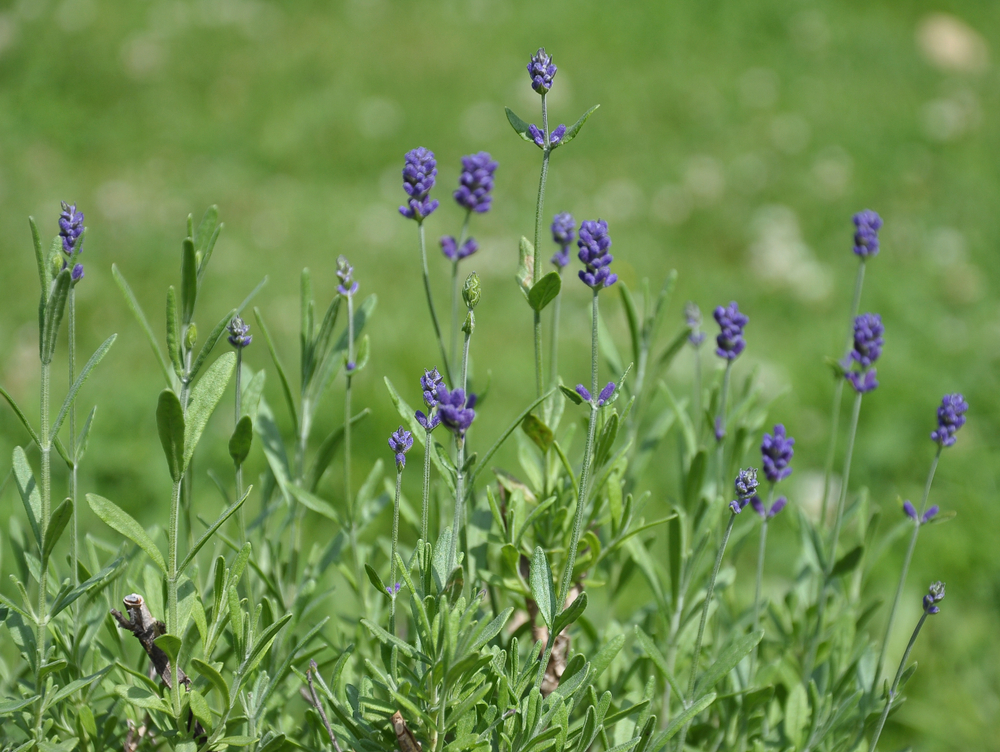
Certain ground cover plants naturally repel pests, offering an organic solution to keeping insects out of your garden. For example, plants like lavender or citronella grass are known to deter mosquitoes and other insects. By planting these around your yard, you can create a natural barrier that reduces the need for pesticides. This helps protect your plants while also keeping harmful chemicals out of your garden.
Using ground cover plants as a form of pest control is a safe and environmentally friendly option. These plants help keep your garden free from pests without harming beneficial insects. Additionally, they contribute to the overall health of your garden by creating a balanced ecosystem. Ground covers can be a valuable tool in maintaining a healthy, pest-free yard.
Adding Fragrance to Your Garden
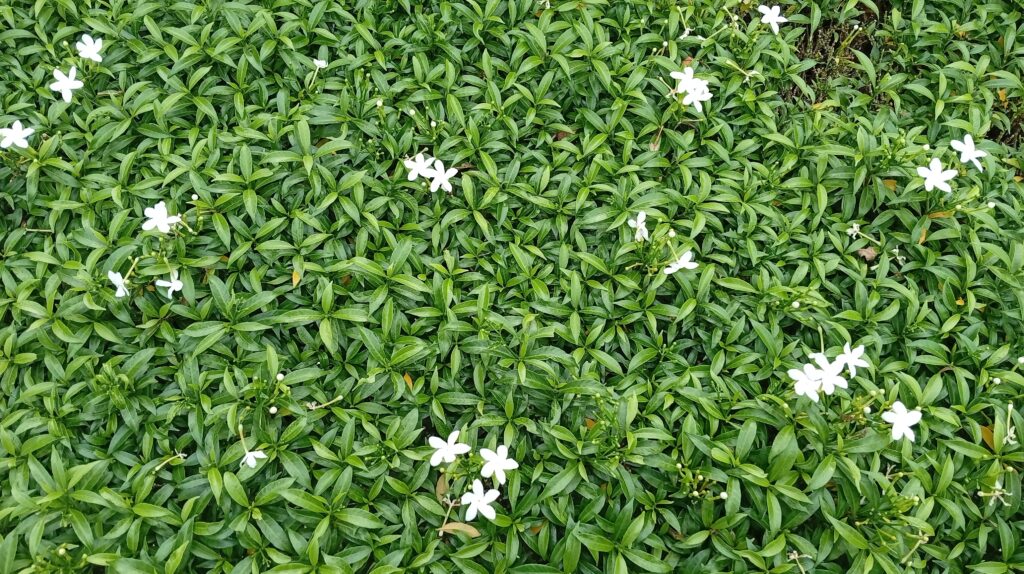
Many ground cover plants release pleasant fragrances, adding an extra sensory experience to your garden. Plants like creeping thyme and jasmine are known for their sweet scents, which can fill your yard with a fresh, natural fragrance. These aromatic plants can be placed near walkways, patios, or seating areas to create a relaxing environment. The fragrance of these ground covers can enhance the atmosphere of your garden, making it more inviting.
Incorporating fragrant ground covers into your yard can make your outdoor space more enjoyable. The right plants can provide a soothing atmosphere, perfect for relaxation or entertaining. These plants also attract pollinators, adding an extra layer of benefit. Fragrant ground covers bring an extra element of pleasure to your garden while maintaining its functionality.
Protecting Bare Soil from the Sun
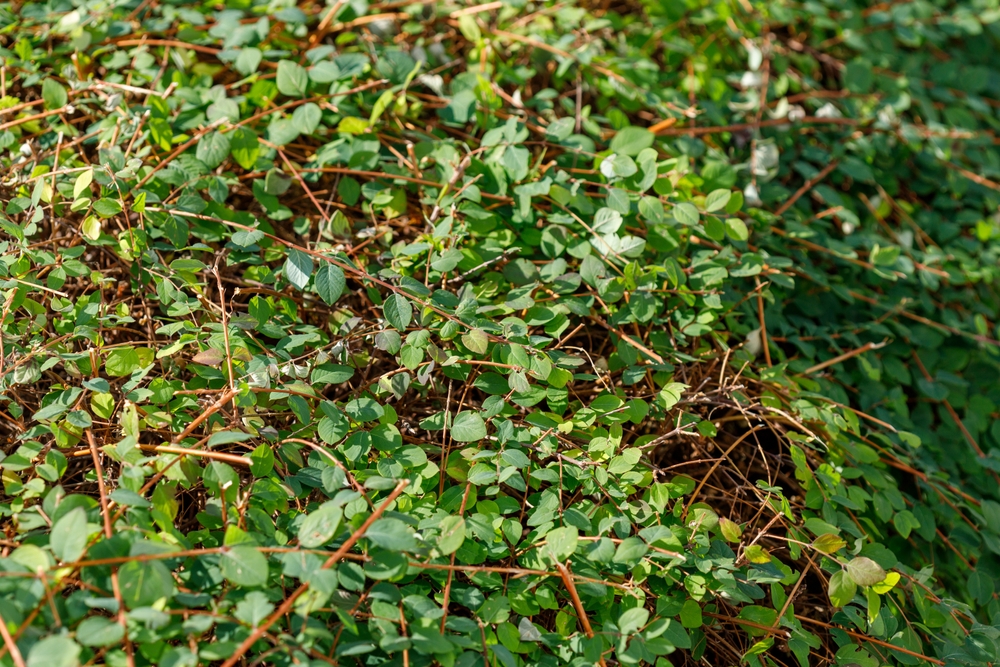
Ground cover plants are a great way to protect bare soil from the intense summer sun. Their dense foliage creates a natural shield that prevents the soil from drying out, helping to maintain its moisture. This is especially helpful in areas where grass does not thrive or in garden beds that receive full sun. Plants like sedum or creeping thyme are drought-tolerant and can withstand hot conditions.
These ground covers help regulate the temperature of the soil, keeping it cooler and more stable. This helps protect your plants’ roots and promotes healthy growth. By covering the soil, these plants reduce evaporation and help conserve water. It is an eco-friendly solution to managing your garden during the warmer months.
Filling in Between Pavers
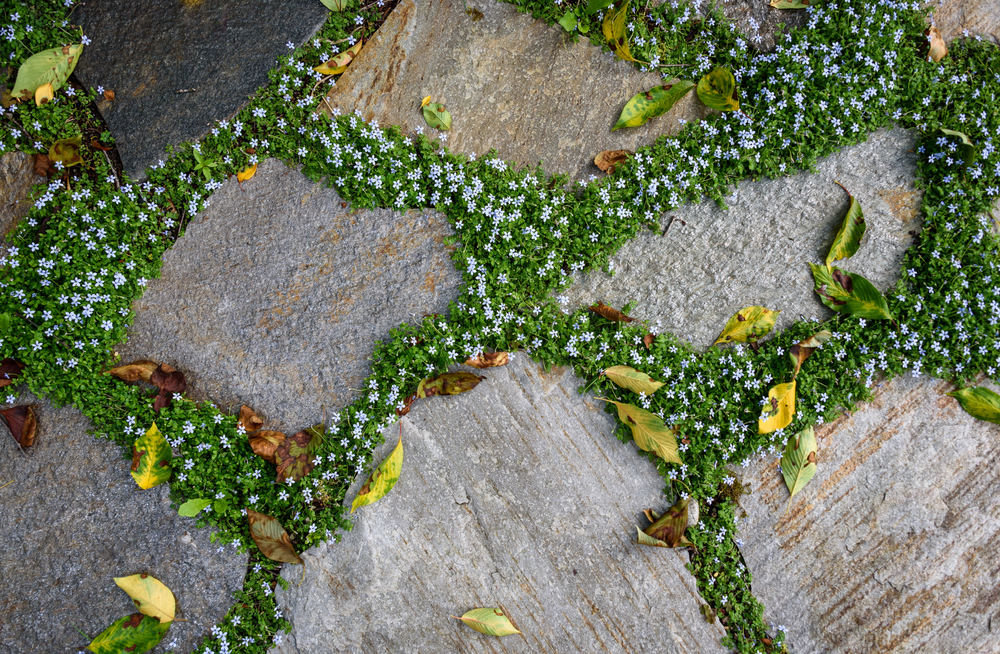
Ground cover plants are an excellent choice for filling in the gaps between pavers in pathways or patios. Plants like moss, thyme, or creeping Jenny grow well between stones and provide a soft, green contrast to the hard surfaces. This creates an attractive, natural look while also helping to prevent weeds from growing between the stones. These plants are low-maintenance and can handle foot traffic, making them a practical option for decorative pathways.
Using ground covers between pavers adds an organic element to your outdoor space. The plants fill in the cracks, reducing the need for constant maintenance. As they grow, they help stabilize the pavers, keeping them in place. This simple addition can give your garden or patio a more charming, finished look.
Creating a Natural Lawn Alternative
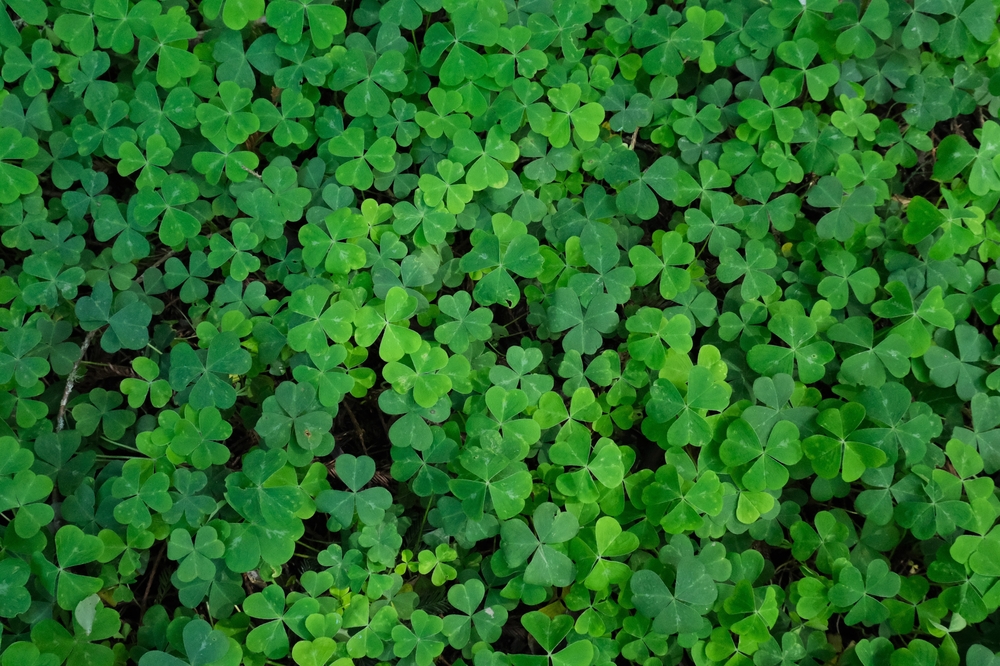
If you want a low-maintenance lawn alternative, ground cover plants can provide the perfect solution. Plants like clover or thyme can take the place of traditional grass, offering a soft, lush ground cover without the need for constant mowing or fertilizing. These alternatives are eco-friendly and require less water and care than a regular lawn. Additionally, they provide a unique aesthetic that adds charm to your yard.
Ground covers like clover can even fix nitrogen in the soil, improving soil health naturally. This makes them an excellent choice for those looking to reduce the environmental impact of traditional lawn care. You can walk on them, and some varieties even attract pollinators, further enhancing the biodiversity of your garden. Ground cover plants offer a practical and beautiful option for a sustainable, low-maintenance lawn alternative.
These plants help with everything from moisture retention to reducing the need for weeding. They are an eco-friendly choice that supports sustainable landscaping practices. With the right ground covers, you can create a beautiful and low-maintenance yard that thrives year-round.
This article originally appeared on Avocadu.
